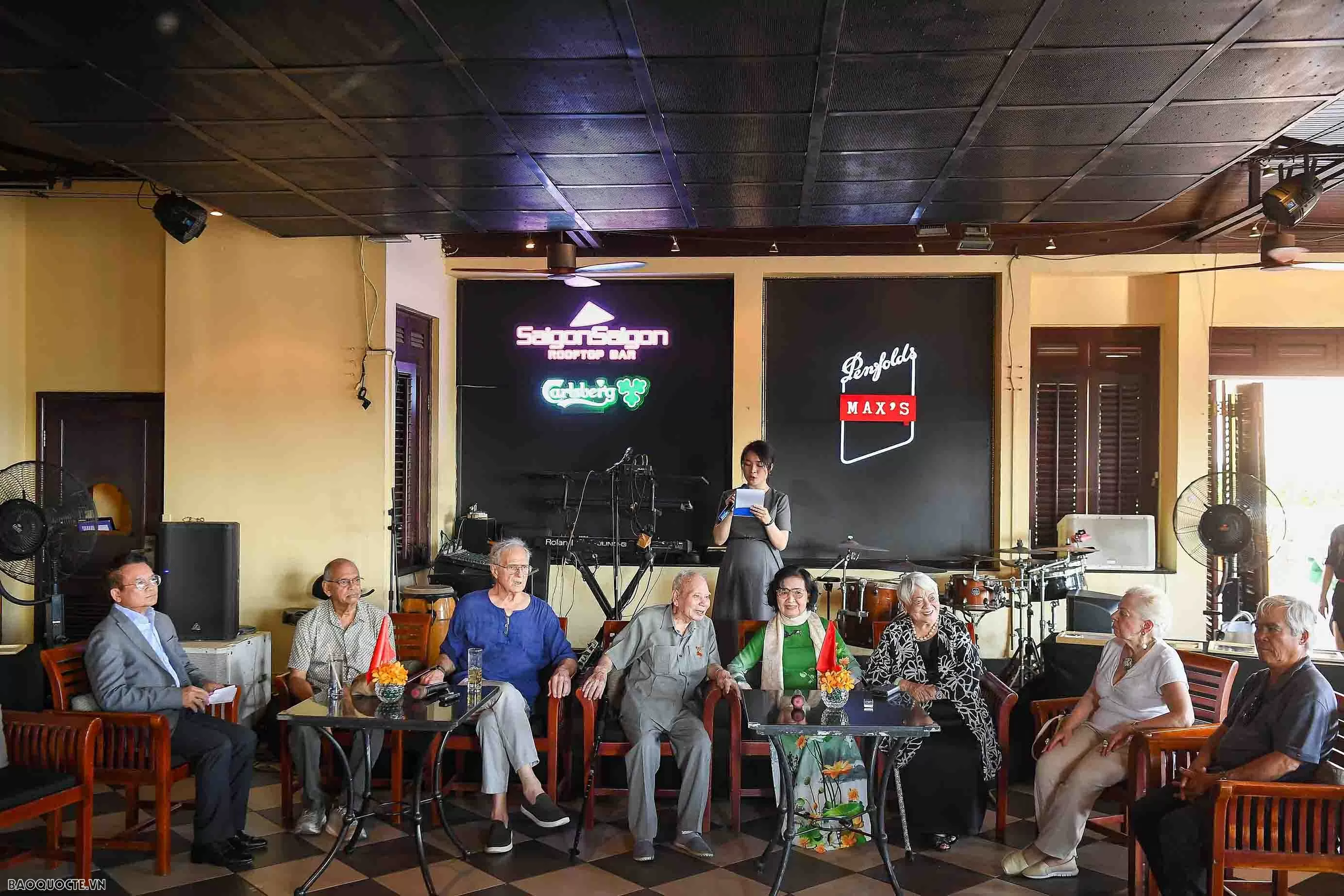 |
| The meeting of people who share the same love for Vietnam took place at the Caravelle Saigon Hotel. (Photo: Nguyen Hong) |
Caravelle Saigon is no stranger to war correspondents during the Vietnam War. This luxurious hotel was once a place to broadcast news about the Vietnam War and was also a place for international correspondents to live before April 30, 1975.
On the afternoon of April 27, in the joyful atmosphere of Vietnam celebrating the 50th Anniversary of the Liberation of the South, the country reunited as one, on the 9th floor of this hotel with a special mark, a very special meeting took place of more than 50 international and Vietnamese war correspondents, writers, directors, and photographers.
The program to meet and exchange with international war correspondents of Vietnam, who worked during and after the war period of the resistance war against the US to save the country, was organized by the Ministry of Foreign Affairs in coordination with the People's Committee of Ho Chi Minh City.
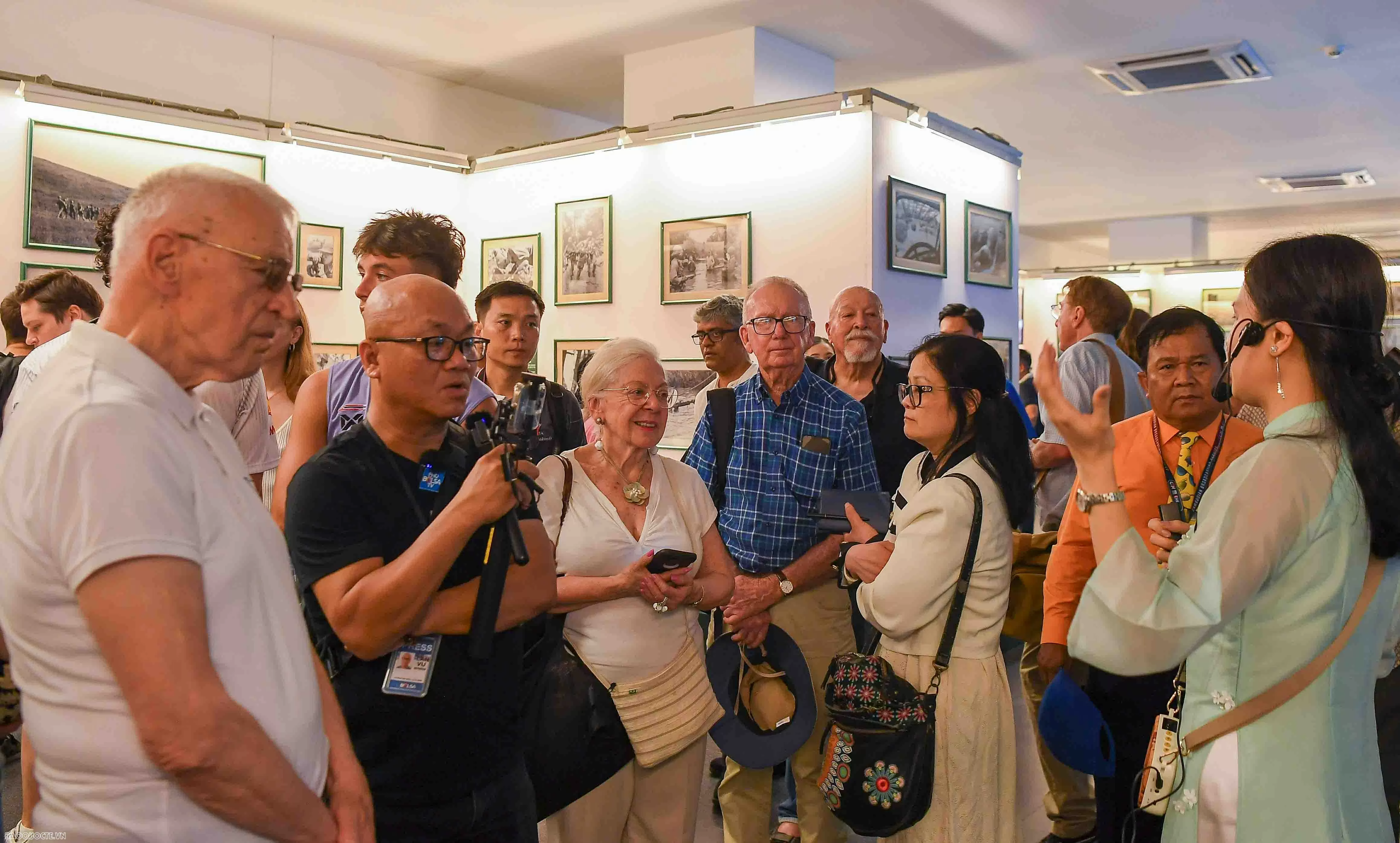 |
| Reporters visit the War Remnants Museum in Ho Chi Minh City. (Photo: Nguyen Hong) |
One thing they have in common is that they are all friends of Vietnam, and can also be considered historical witnesses in the war against America. Through their pens and lenses, they have shown the world what Vietnam has been and is going through in the war of the past…
I recognized familiar names such as photojournalist Nick Ut (AP) who shocked the world with the photo “Napalm Girl” or Ms. Edith M. Lederer - the first female reporter of AP sent to Vietnam to report on the war... Photographer Nakamura Goro is famous for his series of photos about Agent Orange in Vietnam - currently on display at the War Remnants Museum in Ho Chi Minh City...
Vietnam - the common home of Vietnamese people in the North, Central and South
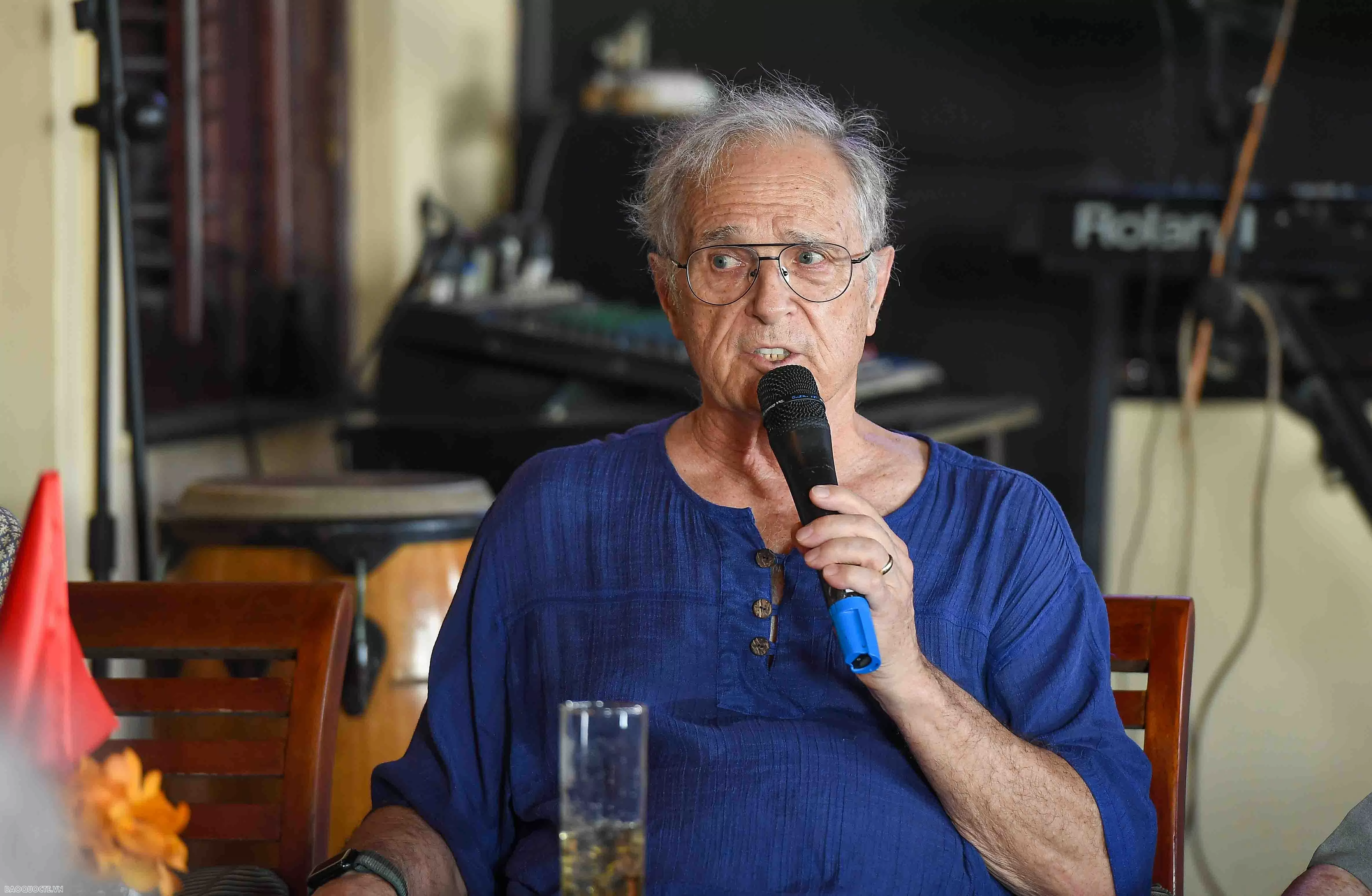 |
| Former reporter for The New York Times and TIME Magazine, Mr. Tom Fox. (Photo: Nguyen Hong) |
Opening the exchange, former reporter for The New York Times and TIME Magazine, Mr. Tom Fox uses fluent Vietnamese to recount his memories in Vietnam during the years still engulfed in the flames of war.
Mr. Tom recalls that in 1966, when he was old enough to be drafted, he refused to join the army and asked to go to Tuy Hoa, Phu Yen, Vietnam to volunteer and help people on the other side of the world.
Tom Fox mostly used Vietnamese during his journey back to Vietnam, sharing and witnessing the sufferings that the people had to go through, he decided to become a reporter. He started learning Vietnamese, learning how to eat fish sauce... and in 1971, Tom Fox married a girl from Can Tho. "I am very happy, we have been married for 55 years", said the former American reporter.
Reporter Tom Fox also said that he was extremely happy to return to Vietnam this time, he witnessed the strong vitality of young Vietnamese people, loving themselves and loving each other. "Vietnam has truly become a common home for Vietnamese people from the North, Central and South".
 |
| Revolutionary writer and journalist Doan Minh Tuan (sitting in the middle) shares at the meeting. (Photo: Nguyen Hong) |
Revolutionary writer and journalist Doan Minh Tuan, 94 years old, who was a war correspondent from 1961 until the day the country was reunified, humorously shared: "I am 94 years old this year. I participated in the revolution against the French and American invasions and now I use a... cane.
Mr. Tuan thanked his American friends - those who opposed the war, always united and stood side by side with the Vietnamese people.
"Thank you very much to our American friends who have always been by Vietnam's side. War correspondents, whether on the other side or this side, we are all friends. Vietnam has a policy of national reconciliation and bamboo diplomacy. No matter what the wind blows, it will fall and then rise again. You cannot crush the bamboo."
As soon as the sharing ended, the former reporters held hands tightly, raising them high to show solidarity. Even though they had worked for two sides, they shared a love for Vietnam.
The beauty of peace in Vietnam
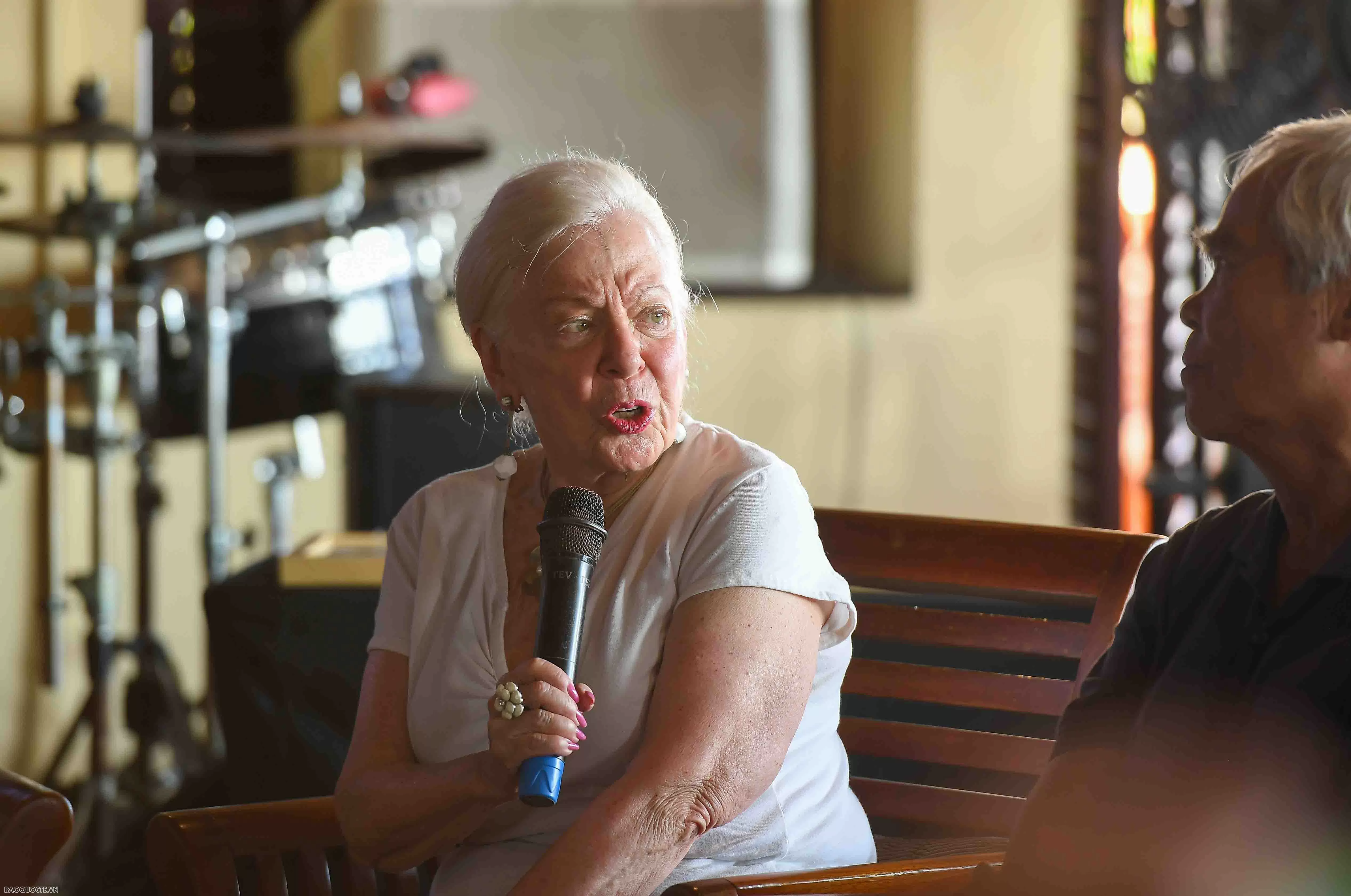 |
| Edith Madelen Ledever - the first female reporter of the AP News Agency sent to Vietnam to cover the war in 1972-1973. (Photo: Nguyen Hong) |
During the exchange, Ms. Edith Madelen Ledever - the first female reporter of AP News Agency sent to Vietnam to report on the war in the period of 1972-1973, said that she witnessed many important historical milestones, including the time when the US army withdrew from South Vietnam in 1973.
Ms. Madelen shared that in 1993, returning to Vietnam exactly 20 years after first setting foot on the S-shaped strip of land, the most surprising thing was that "everywhere I went, people welcomed me, they did not hate Americans at all."
“After that, I also returned to Vietnam many times, to Ho Chi Minh City to attend the 35th, 40th and now 50th anniversary celebrations of Southern Liberation Day."
The former AP reporter was moved, before, she was familiar with the name Saigon and now it is Ho Chi Minh City. Now, Ho Chi Minh City is increasingly developed, with many high-rise buildings and shops, what impressed her most was the "openness" of the people here. "Before, I only reported on the war and this time I came back, I traveled the length of Vietnam to feel the beauty of peace".
Also a female reporter, active during the period when Vietnam was still immersed in war, director, writer, and journalist Nguyen Thi Xuan Phuong could not hide her emotion when having the opportunity to meet and interact with former international war correspondents.
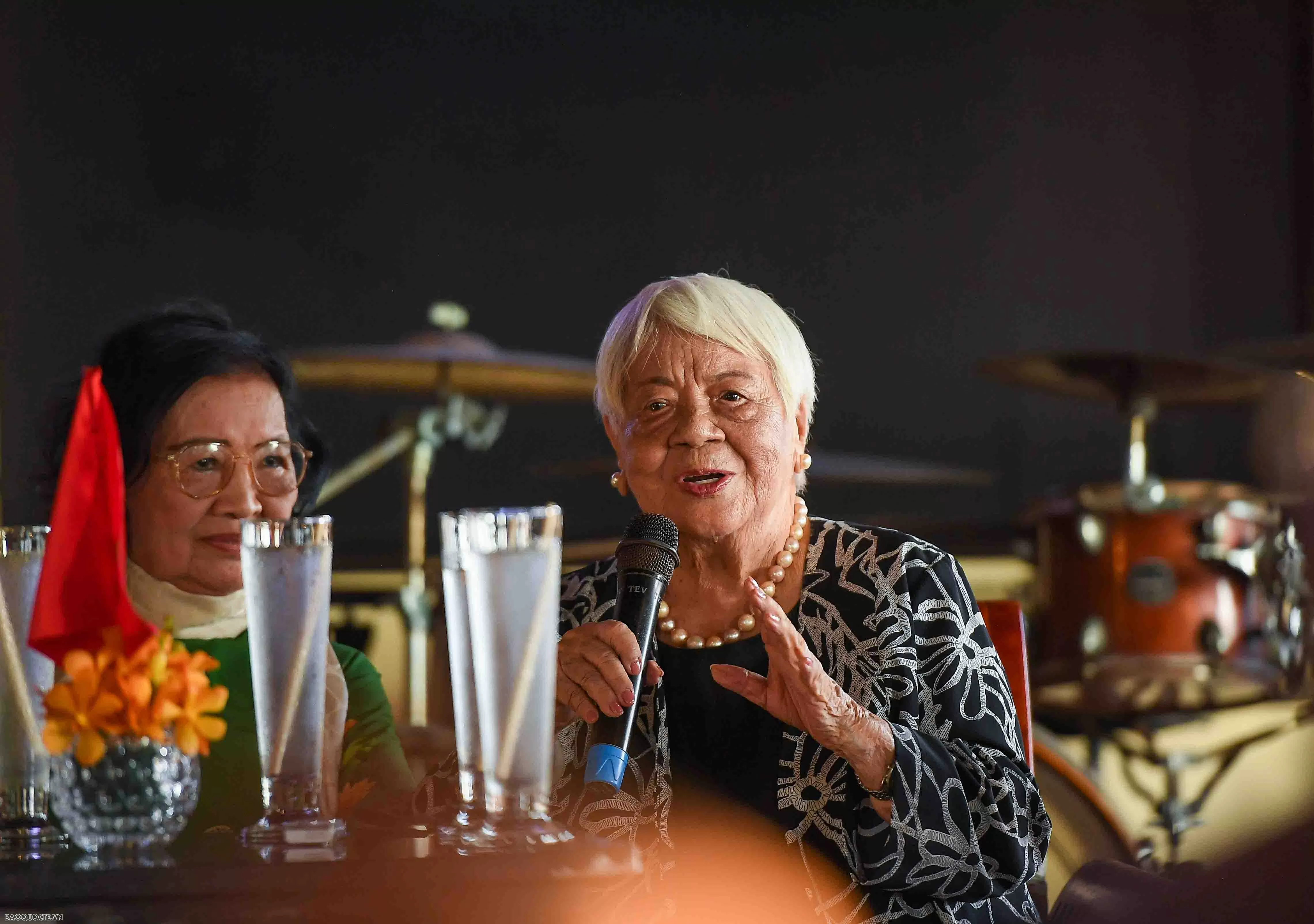 |
| Director, writer, journalist Nguyen Thi Xuan Phuong. (Photo: Nguyen Hong) |
Ms. Phuong recounted that exactly 50 years ago, she was one of the first reporters to follow the Tank Regiment into the Independence Palace on April 30, 1975. On May 1, 1975, she and the entire group were present on the rooftop of the Caravelle Hotel - the meeting and working place of the group of foreign reporters in Saigon.
According to her, war correspondents on both sides are experienced journalists, willing to sacrifice for the sake of their profession.
This 50-year-old reunion was also held on the rooftop of the Caravelle Hotel, making Ms. Xuan Phuong feel sad when thinking about her fallen colleagues, both Vietnamese and international reporters.
Ms. Phuong shared the story of a letter from the son of a deceased French colleague saying that his father advised him, “You must come to Vietnam once, revisit the places your father has been to understand why your father voluntarily came to Vietnam during those years.”
Breakfast with liberation army soldiers
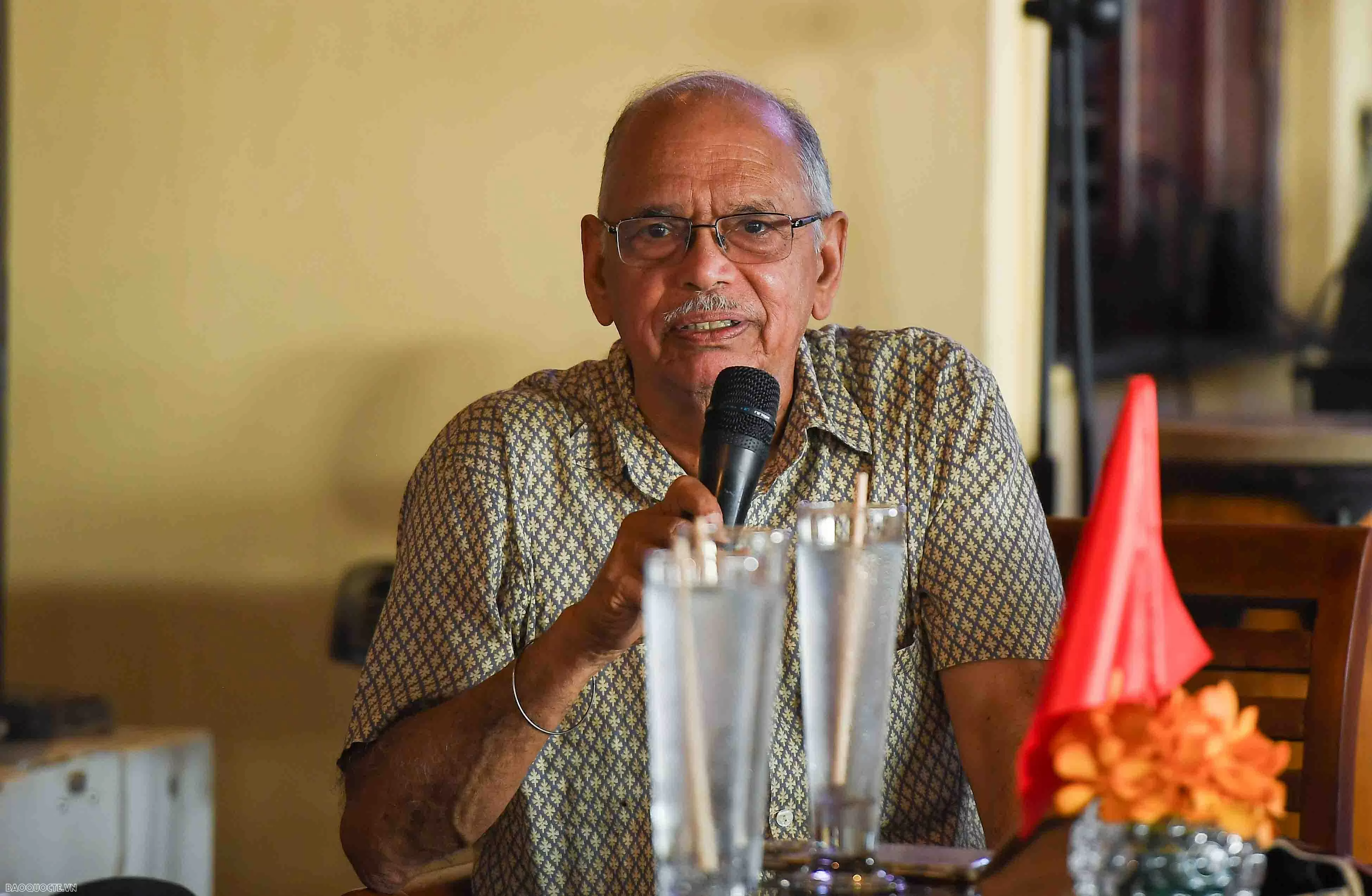 |
| Reporter Nayan Chanda, Indian, resident correspondent of the Far Eastern Economic Review (FEER) in Indochina. (Photo: Nguyen Hong) |
Indian reporter Nayan Chanda, resident correspondent of the Far Eastern Economic Review (FEER) in Indochina, shares his memories of having breakfast with a liberation army soldier right at his home.
Being in Saigon in the first moments after liberation, he happened to cook breakfast for this soldier and ate together after overcoming stress and suspicion.
“Perhaps, this soldier entered my house to find out if there were any soldiers of the old regime hiding. After I brought him an article about Lenin that I had written, the two of them happily had breakfast together,” said Mr. Nayan Chanda.
Recalling his years of reporting in South Vietnam, Mr. Nayan Chanda said that he ignored warnings that he should “leave Saigon” to stay and witness and record the historic moment of 50 years ago - a decisive moment that opened a new chapter for the Vietnamese people.
“Instead of evacuating like most international reporters at that time, I decided to stay in Saigon after April 30 of that year to observe life under the new government,” said Mr. Nayan Chanda.
And thanks to that, Mr. Nayan Chanda captured a true picture of the "unusually quiet" atmosphere on the streets of Saigon on the morning of May 1, 1975.
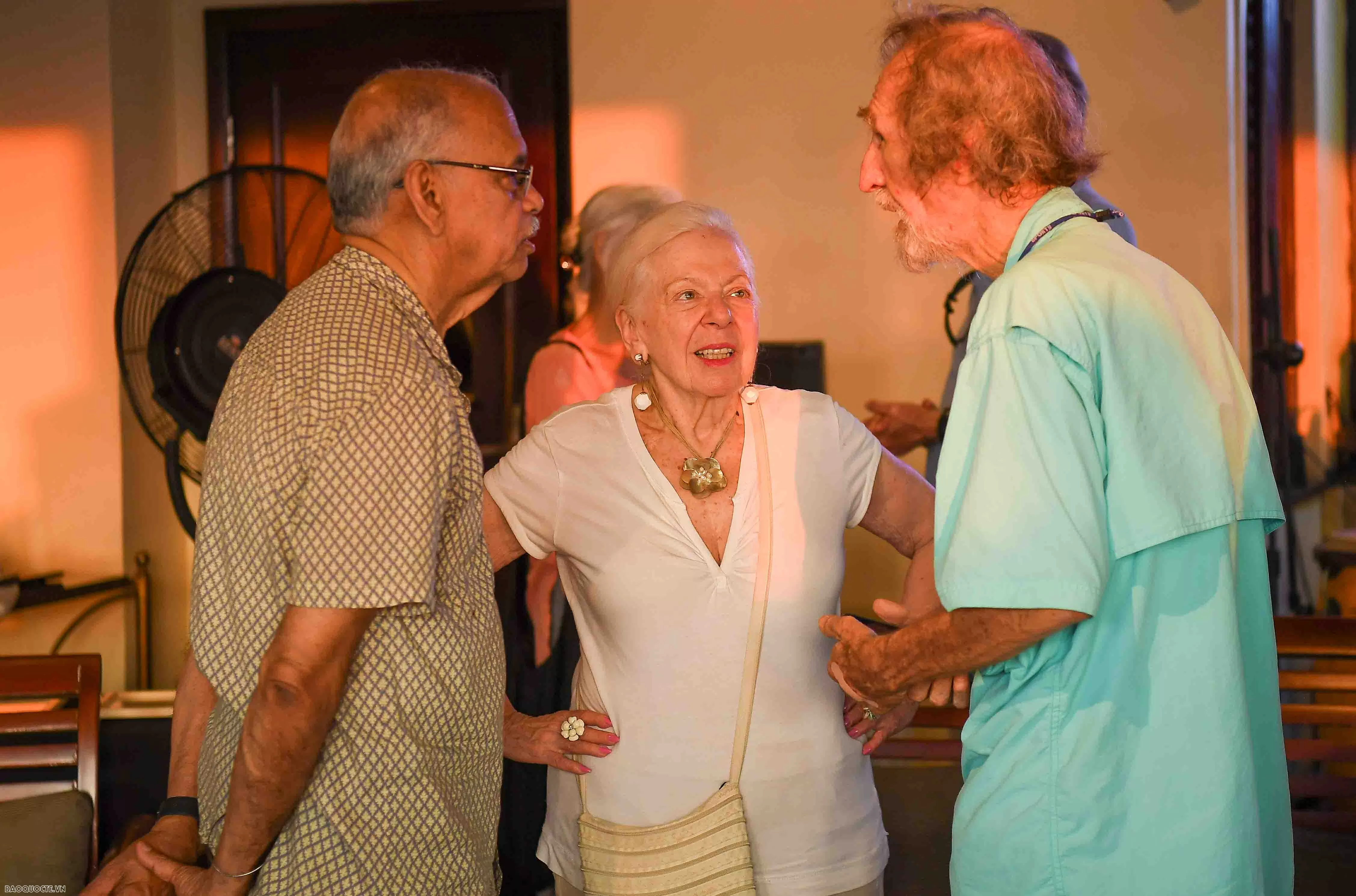 |
| Mr. Nayan Chanda from India and Ms. Edith Madelen Ledever, former AP reporters, share with colleagues. (Photo: Nguyen Hong) |
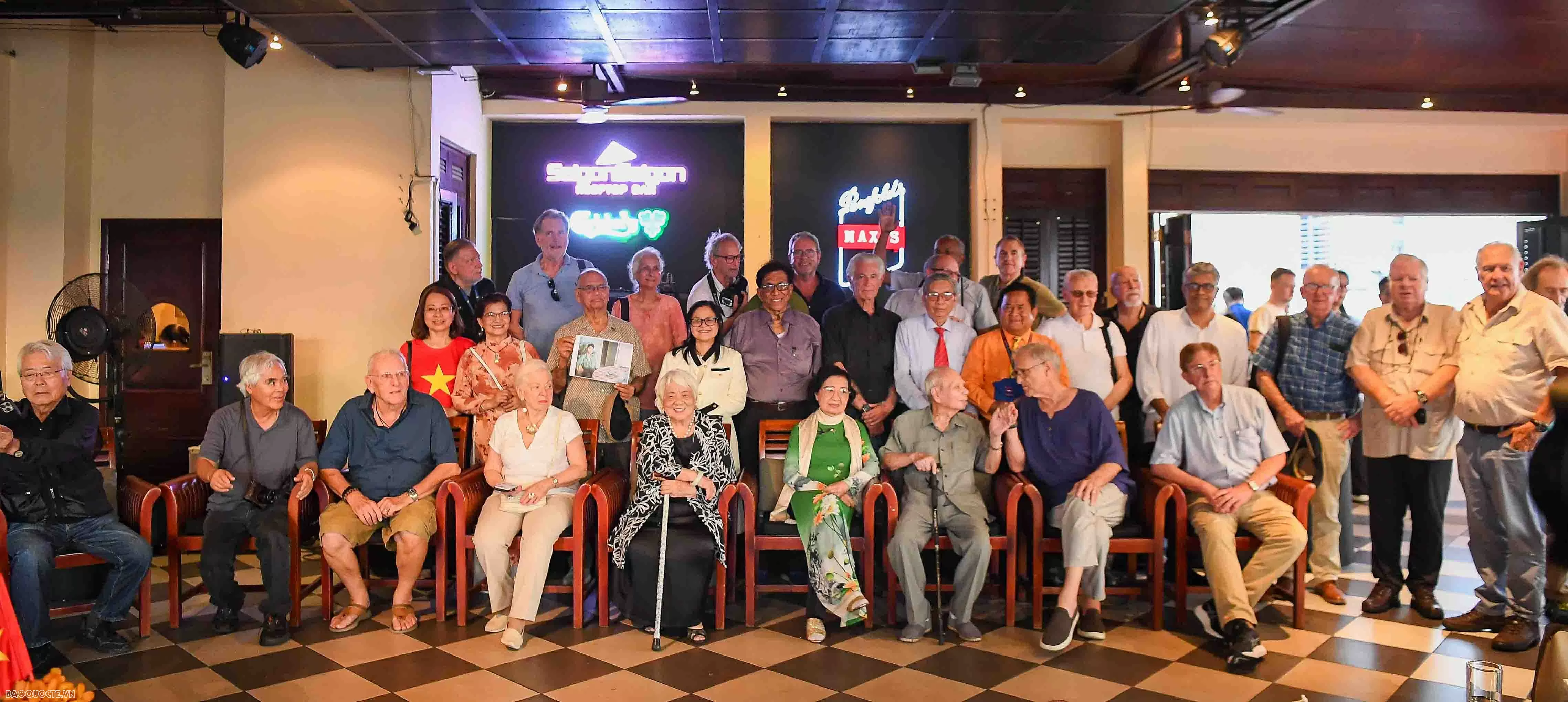 |
| Former war correspondents take souvenir photos. (Photo: Nguyen Hong) |
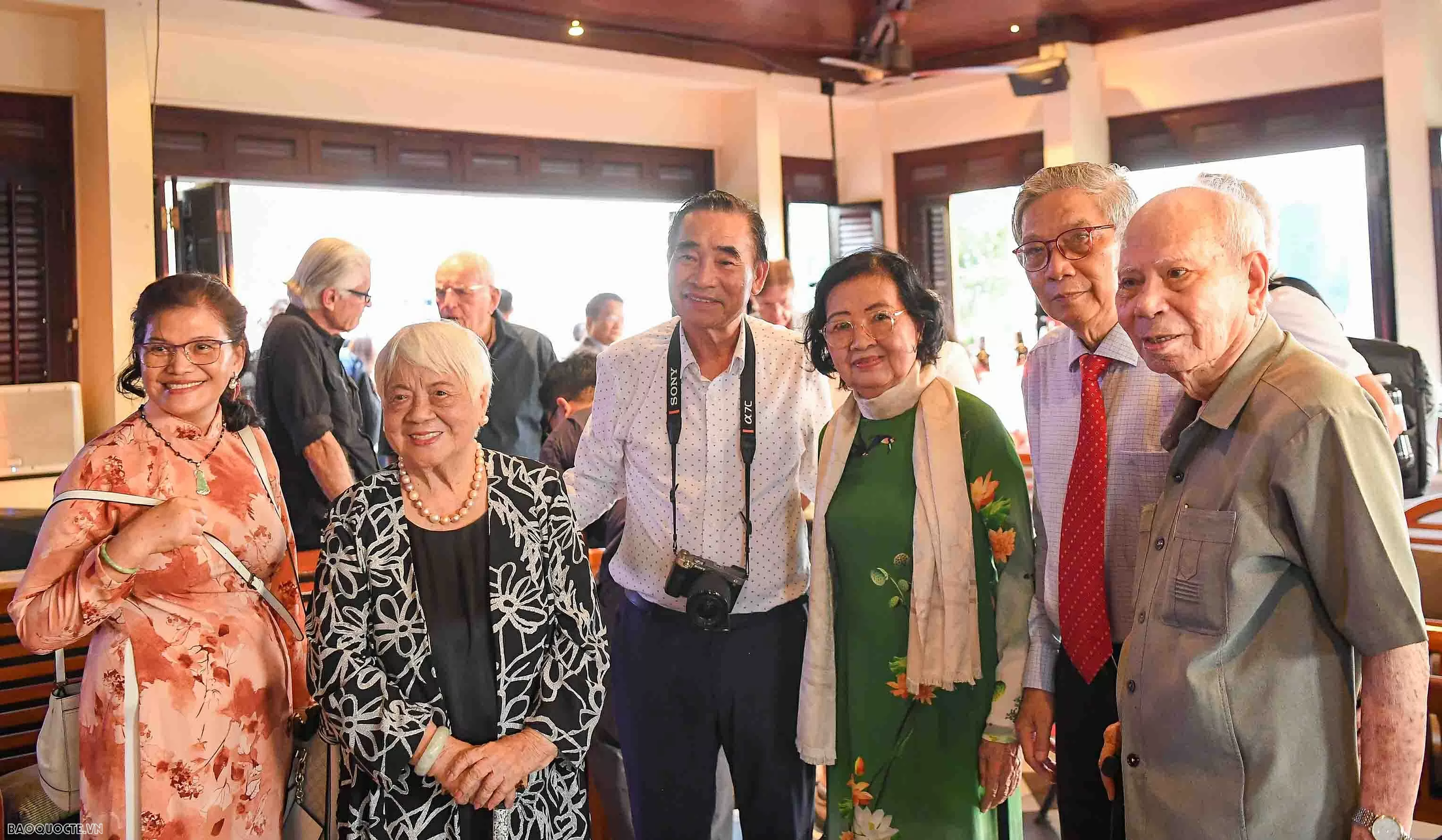 |
| Delegates take souvenir photos. (Photo: Nguyen Hong) |
Each person has a story, but all former war correspondents have in common a passionate love for the S-shaped strip of land. And at this special reunion, when Americans used Vietnamese and Vietnamese spoke English to share memories of 50 years ago, they showed a language of peace and love for the beautiful country of Vietnam. That once again affirmed the value of peace and harmony, as well as expressed Vietnam's gratitude to international friends who stood by Vietnam during difficult times.
Source: https://baoquocte.vn/cuoc-gap-cua-nguoi-my-noi-tieng-viet-nguoi-viet-noi-tieng-my-nhung-chung-tinh-yeu-viet-nam-312575.html



![[Photo] Ready for the top competitions of Vietnamese table tennis](https://vphoto.vietnam.vn/thumb/1200x675/vietnam/resource/IMAGE/2025/5/18/9c547c497c5a4ade8f98c8e7d44f5a41)
![[Photo] Many young people patiently lined up under the hot sun to receive a special supplement from Nhan Dan Newspaper.](https://vphoto.vietnam.vn/thumb/1200x675/vietnam/resource/IMAGE/2025/5/18/6f19d322f9364f0ebb6fbfe9377842d3)



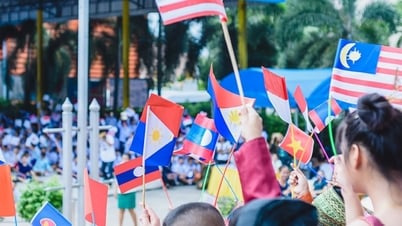

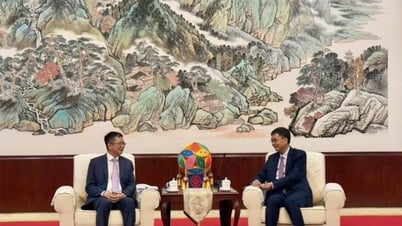
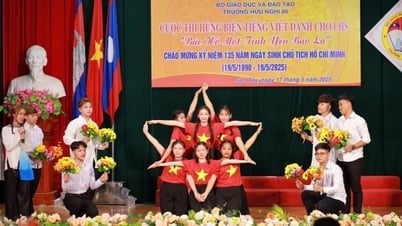

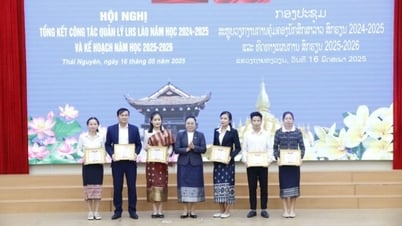
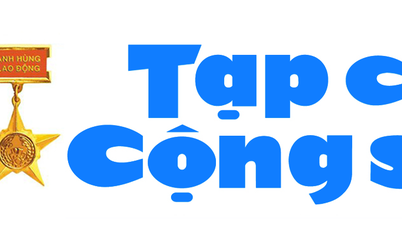






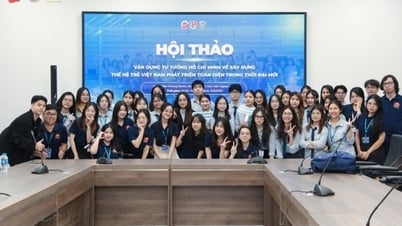
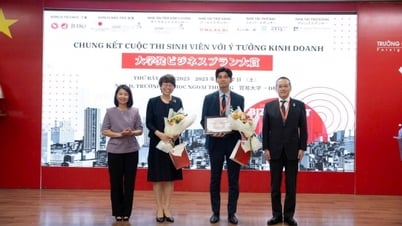
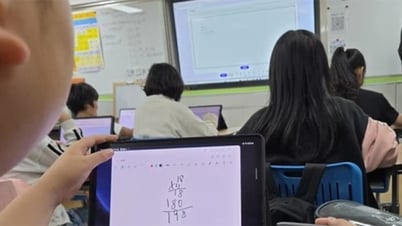
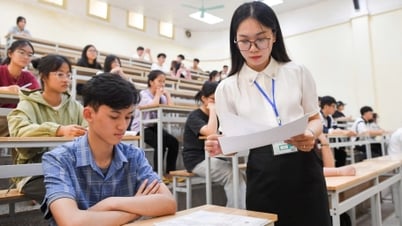
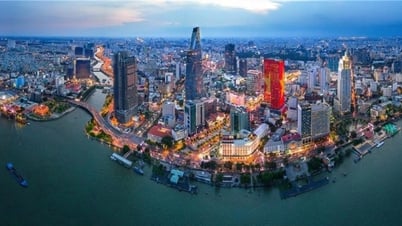
![[Photo] General Secretary To Lam visits exhibition of achievements in private economic development](https://vphoto.vietnam.vn/thumb/1200x675/vietnam/resource/IMAGE/2025/5/18/1809dc545f214a86911fe2d2d0fde2e8)

















































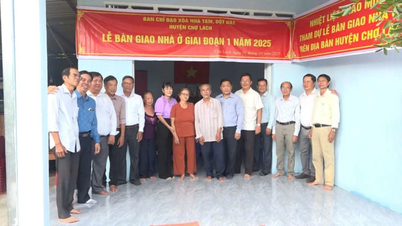

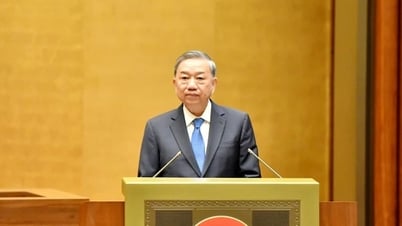

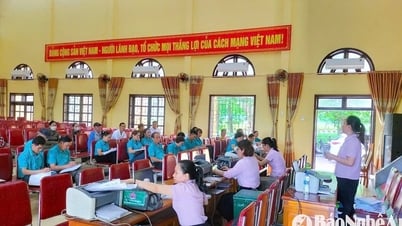



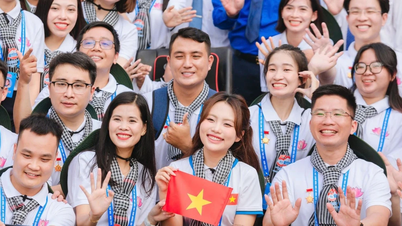











Comment (0)